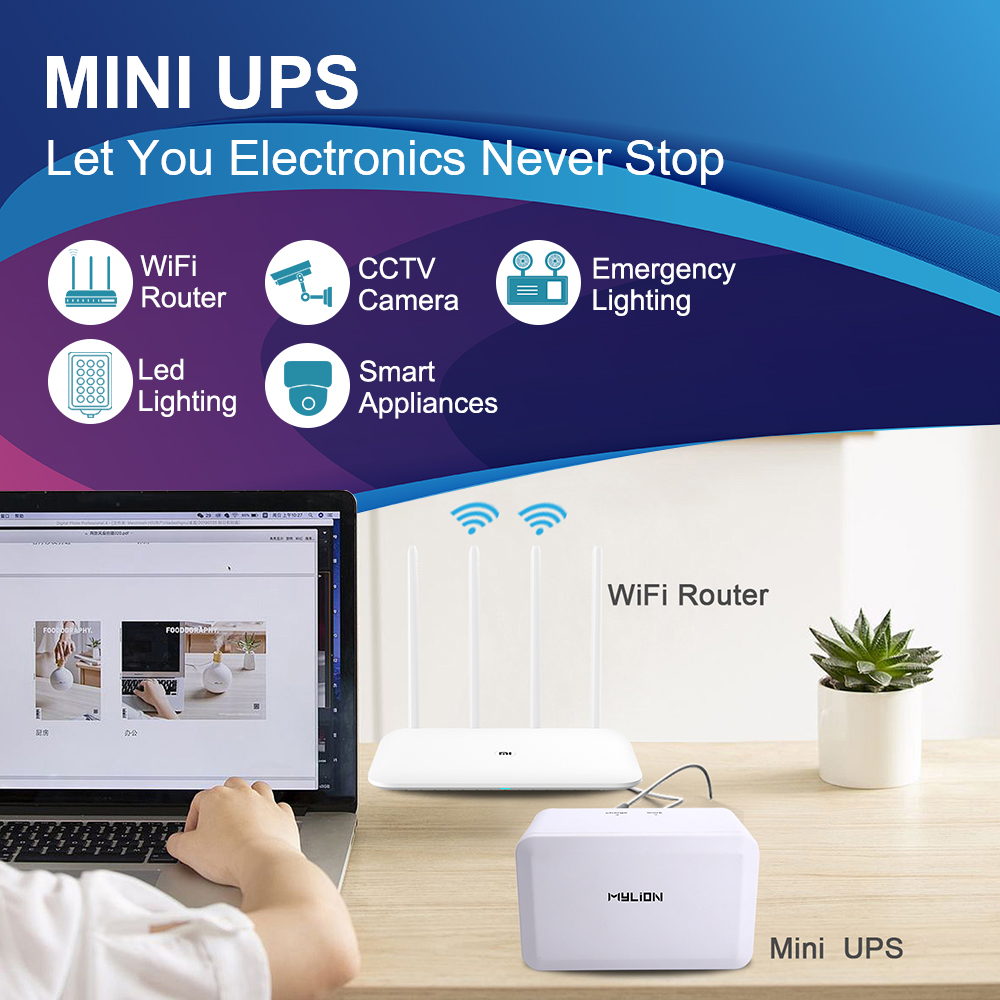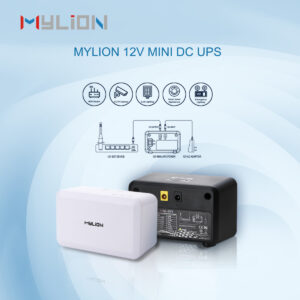When typhoons, earthquakes, or floods hit, the first major disruption often comes from power outages. In such critical times, Mini UPS (Uninterruptible Power Supply) systems go beyond simply serving as backup—they become vital lifelines for communication, medical care, and even survival.
This article highlights the essential role of Mini UPS units during natural disasters and provides practical guidance on how to choose the most reliable emergency power solutions.

1. Power Challenges During Disasters
(1) Grid Vulnerabilities by Disaster Type
| Disaster | Power Outage Characteristics | Typical Duration |
| Typhoon/Hurricane | Wide-area blackouts + cell tower damage | Hours to days |
| Earthquake | Localized grid collapse | Days to weeks |
| Flood | Submerged substations | Days to months |
| Blizzard | Ice-damaged power lines | Hours to days |
(2) Cascading Risks Without Power
Communication blackout: No access to emergency alerts
Medical failures: Ventilators, oxygen concentrators shut down
Security breaches: Surveillance cameras/alarms disabled
Food spoilage: Refrigerated supplies lost
2. Why Mini UPS Outperforms Alternatives
Head-to-Head Comparison
| Feature | Mini UPS | Diesel Generator | Industrial UPS |
| Activation | Instant (<10ms) | Manual (5+ mins) | Instant |
| Portability | Carry-on size | Vehicle required | Fixed installation |
| Fuel | Battery-only | Needs diesel/gas | None |
| Ideal For | Homes/small devices | Area power | Data centers |
3. Real-World Disaster Scenarios
Scenario 1: Family Emergency Comms Hub
Devices: 4G router + smartphone
Mini UPS: MU05 (12000mAh/44.4Wh)
Impact:
Maintains internet access for disaster updates
Allows Wi-Fi sharing with neighbours
Scenario 2: Medical Crisis Power
Devices: Portable oxygen concentrator + pulse oximeter
Mini UPS: ML1202AC (8000mAh/25.6Wh)
Key Notes:
Use a mini UPS (Uninterruptible Power Supply) to ensure that the power supply of the equipment will not be interrupted and ensure the safety of users
LiFePO4 batteries preferred
Scenario 3: Neighbourhood Command Post
Devices: LED lights + radio charger
Mini UPS: MU68 (12000mAh/45Wh)
4. Buying Guide for Disaster-Ready Mini UPS
(1) Non-Negotiable Specs
| Parameter | Disaster Requirement | Example Product |
| Battery Type | LiFePO4 (heat-resistant) | ML1202AC |
| Inputs | Solar/USB/car charger support | MU68 |
| Output Wave | Pure sine wave (medical-safe) | MU35 |
(2) Pitfalls to Avoid
❌ Overstated capacity claims (verify real-world tests)
❌ Lithium batteries without thermal protection
❌ AC-only models (must have USB/DC options)

Conclusion: Building Power Resilience
In a world where uncertainties are inevitable, mini UPS units are not just backup power—they are symbols of resilience. They empower individuals to safeguard their independence, strengthen community ties through shared reliability, and stand as a testament to technology’s ability to endure the unexpected. By embracing them, we are not only preparing for emergencies but also shaping a future where energy security is within everyone’s reach.





